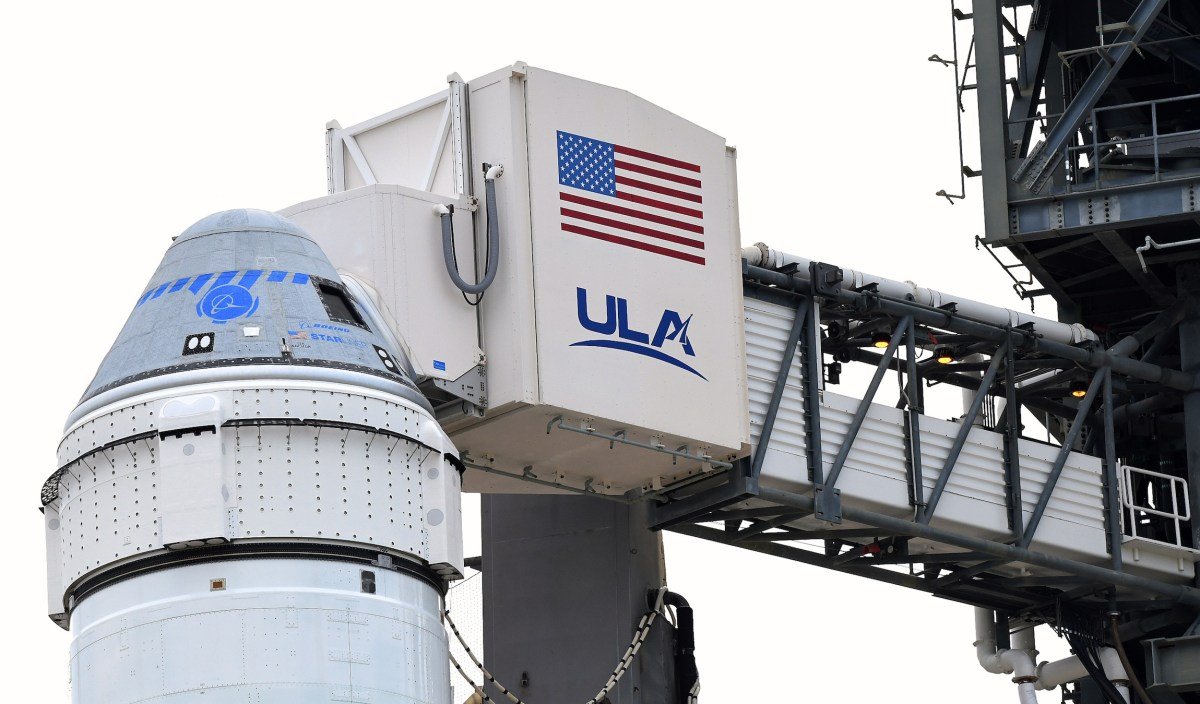Boeing has reached a significant milestone in its long-awaited astronaut transportation program as the Starliner spacecraft successfully embarked on its journey to the International Space Station. In a historic first, two experienced NASA astronauts, Butch Wilmore and Suni Williams, are on board the spacecraft and are scheduled to arrive at the station on Thursday.
The spacecraft was launched at 10:55 a.m. ET from NASA’s Kennedy Space Center, riding on an Atlas V rocket from United Launch Alliance (a joint venture between Boeing and Lockheed Martin). The lift-off was delayed by several weeks due to issues with the Atlas rocket, followed by a problem with one of the three ground computers responsible for the launch countdown.
Although there are still more milestones that Starliner must achieve before the mission can be considered a success – such as docking to the ISS and safely returning the astronauts back to Earth – this is a significant achievement for Boeing’s astronaut transportation program, which has faced numerous setbacks.
“Boeing’s Starliner spacecraft has finally taken off, marking a momentous leap for the company’s long-awaited astronaut transportation program.”
Boeing is now set to become the second astronaut transportation provider for NASA, alongside Elon Musk’s SpaceX. Both companies were awarded multi-billion-dollar contracts by NASA around a decade ago to develop a crewed taxi service. However, Boeing has faced technical delays and overspending of more than $1.5 billion. Despite successfully completing an uncrewed mission to the ISS in May 2022, this is the first time the spacecraft is carrying human passengers.
Meanwhile, SpaceX has had a successful run, providing astronaut transportation to and from the ISS using its Crew Dragon capsule since 2020.
Wilmore and Williams will spend around 26 hours traveling to the ISS, with an estimated arrival time of 12:15 p.m. EST on Thursday. During their journey, they will perform several flight test objectives to support Starliner’s certification for regular missions. These include testing crew equipment before launch and assessing Starliner’s thrust performance, navigation systems, communication checkouts, and life support systems.

Even after successfully docking to the ISS and with the crew onboard, the two astronauts will continue to evaluate the spacecraft’s performance. They will also determine whether it can serve as a “safe haven” for astronauts in case of any issues aboard the space station.
Wilmore and Williams will spend approximately a week onboard the ISS before returning to the spacecraft. After just six hours, Starliner is expected to land in the southwestern United States using parachutes and assisted by airbags.
This is the final major step before Starliner can be certified as an operational crew system, with the first official mission set to launch in 2025.









Your point of view caught my eye and was very interesting. Thanks. I have a question for you.